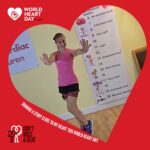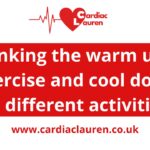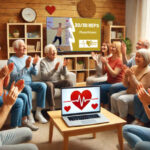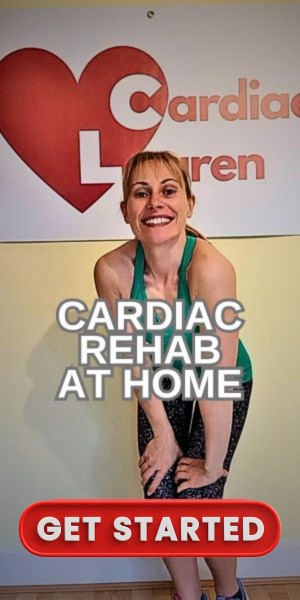The best exercise in early Cardiac Rehab
After having a heart attack, heart surgery or a heart rhythm procedure, then being told you now need to start exercising again, can be scary. You have no idea if you can push yourself, if it is safe to get your heart rate up, if you will do any damage to your heart and if getting out of breath is a sign that you will have another heart attack.
Understanding which exercises are good for cardiac rehab and learning the safe way to exercise is key.
Even in the early days post-hospital discharge, starting to be active is important. The best exercise and your first steps of cardiac rehab are to literally to walk around. This will help stimulate your cardiovascular system. This is your heart, lungs and blood supply to your body. You may still be feeling the effects of an anaenestic so you are still tired and bruised, but gentle moving of the muscles and joints will aid your recovery.
The best exercises in early rehab (at discharge) are:
- Walking – start slow and build up to 30 minutes by 4-6 weeks
- Shoulder shrugs / rolls – if you have had your chest opened up or a pacemaker/ICD inserted, you need to keep shoulder/arm movements to a minimum for the first 6 weeks. Start by shruging your shoulders and then small and gentle shoulder rolls. After a week or so you will be able to do bigger shoulder rolls, just make sure you are not taking your arms out sideways or doing arm circles.
- Neck stretches – you will need to keep your neck mobile so look down, turn your head sideways, look down to the diagonals and bring your ear to shoulder. Do not look up and tilt your head back.
- Ankle circles and point & flex – keep your ankles mobile by circling the foot.
A study was done about lifting items no heavier than a kettle for the first-week post-sternotomy (for CABG, Valve Repair or replacement, or other surgery), and the new advice is to ‘Keep Your Move In The Tube’. You can lift and carry items as long as they are close to your body, in a tube. This is a really good video explaining this technique – Keep Your Move In The Tube.
You can do basic things like carry your dinner plates into the kitchen, start to do some step-ups on your bottom stair, and even seated extended legs. When you are boiling the kettle you can do small marches on the spot.
The best exercise pre-Phase 3 Cardiac Rehab
In the 4-6 weeks post-event you should be aiming to walk for 30 minutes a day continuously. During the Phase 3 cardiac rehabilitation programme you will be increasing the intensity of your exercises as well as the duration achieving 20 minutes of continuous cardiovascular exercise.
Effective and safe, and therefore the best exercises, are those that involve the largest muscles in the body, i.e. the legs. Walking, sit-to-stands (squats), steps, hamstring curls (kick your bottom), touchbacks, sidesteps and calf raises.
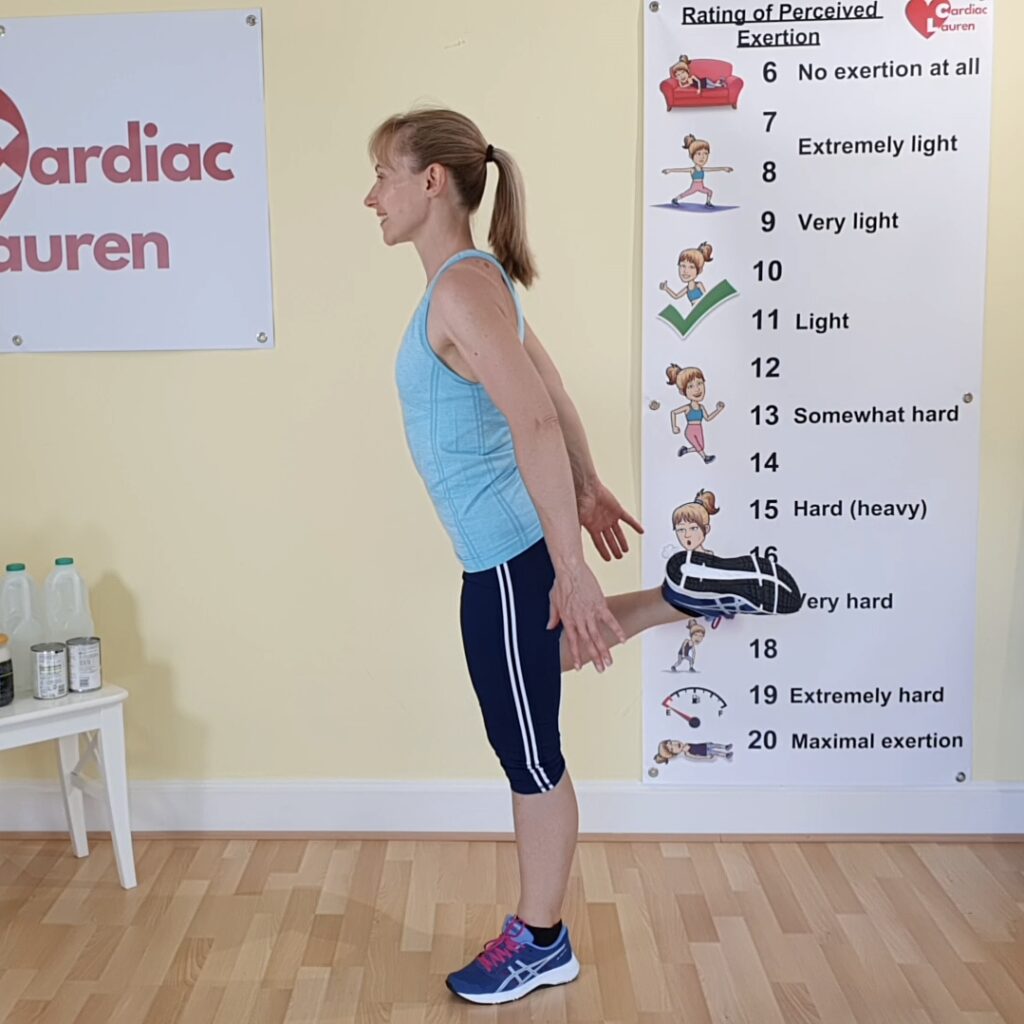
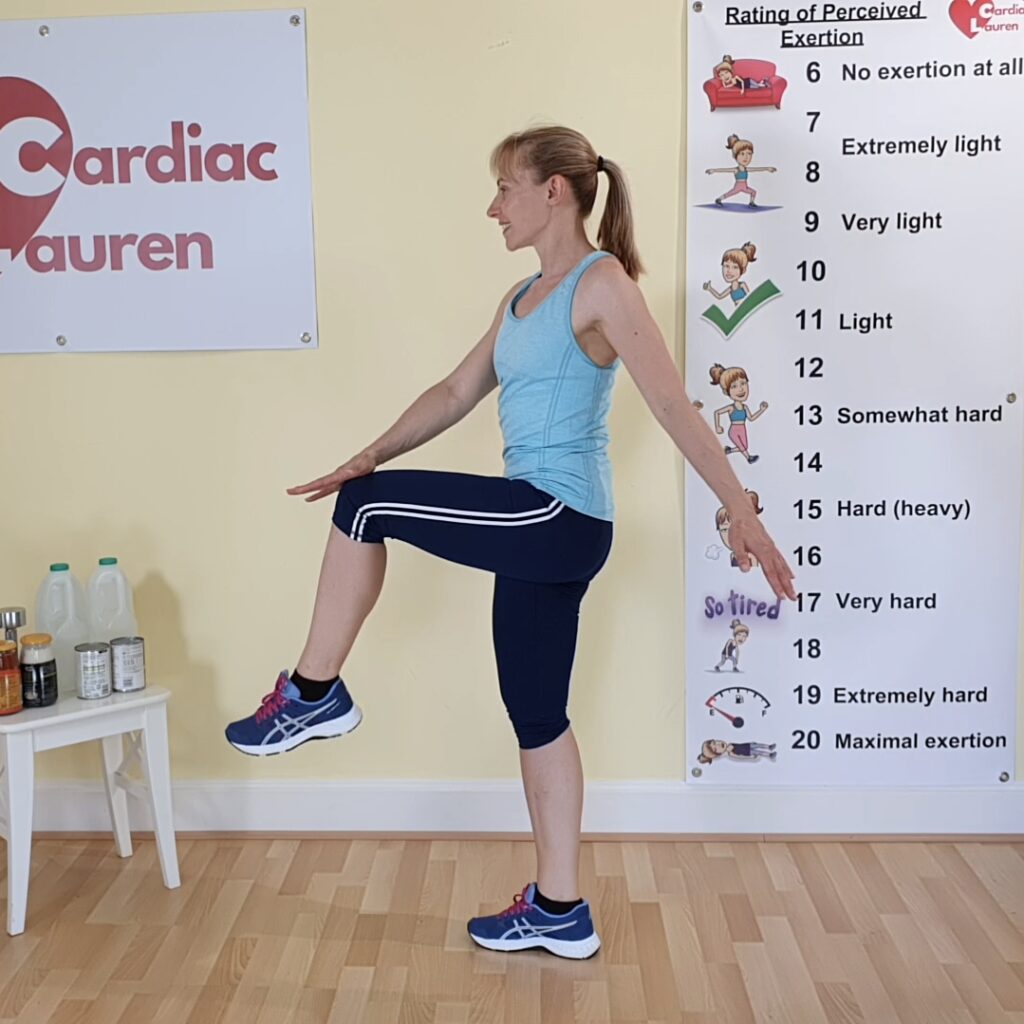
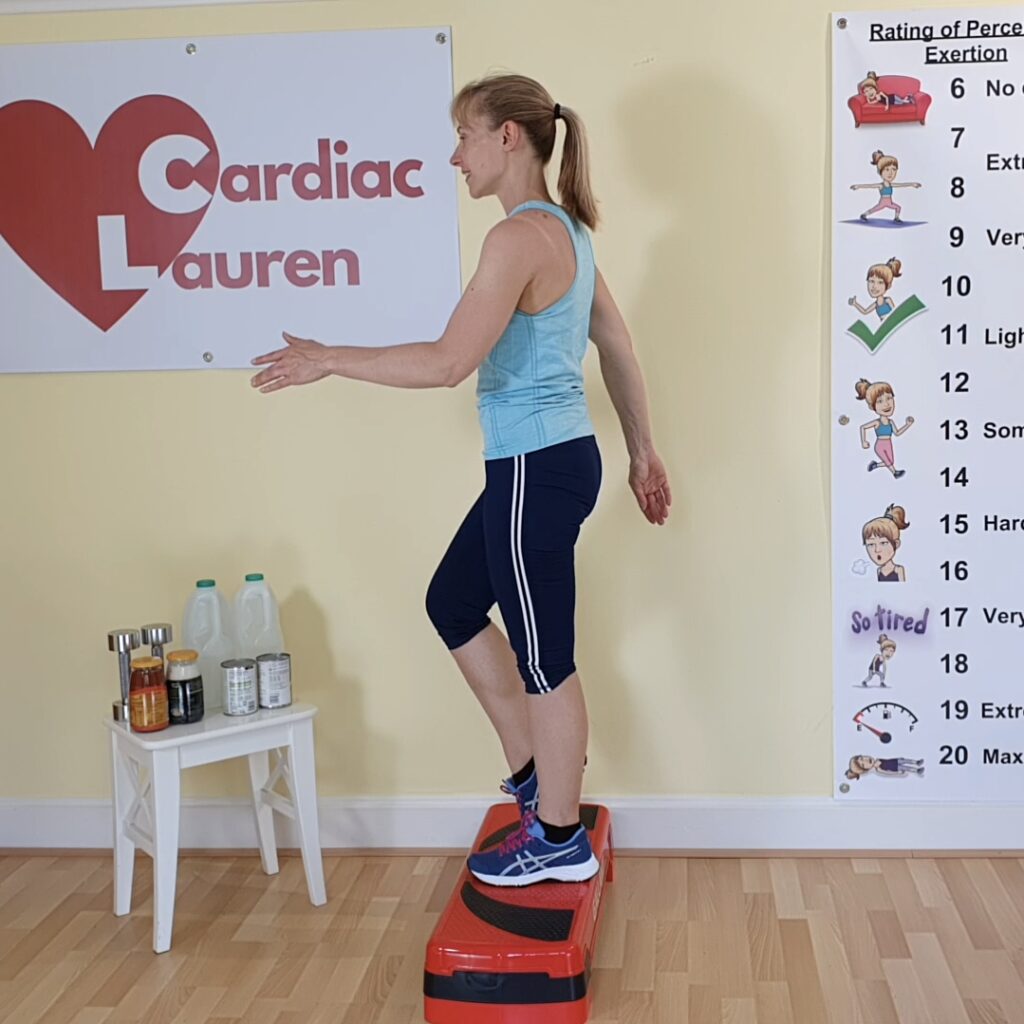
There is a danger of your heart rate and blood pressure increasing too high if you only perform arm exercises. Therefore these are only advised when moving the feet at the same time.
The best exercise in Phase 4 Cardiac Rehab
In Cardiac Lauren there is a mix of the best exercises. Phase 4 with Cardiac Lauren is ‘exercise for life’ and a continuation of the cardiac rehab journey. This means everyone can continue to progress at their own pace and to be able to extend the cardiovascular workout to 30 minutes of continuous exercise in one session.
See this example of the different ways in which you can perform one of these best exercises, the touchback.
Ideally, the best exercises are performed standing so we can keep our feet moving to help pump the blood back up to the heart which means you do not need to work your heart so hard. Seated options are available as long as the feet move all the time.
If you perform the exercises as arms and legs together this means you can add cardiovascular and resistance which is beneficial to your fitness.
Most of the best exercises are safe, but you should avoid changing your position from standing, to seated, to lying to standing etc, so don’t do touchbacks then straight down to the floor for abdominal exercises and back up for knee raises. With the side effects of your medication, and your heart rate and blood pressure up, you could pass out. Following a structured class like those in Cardiac Lauren will ensure you are exercising safely and incorporating the best exercises into your routine.
Follow Cardiac Lauren on Facebook.

